Professor Pernkopf's Diabolical Atlas
Medical scientists in the XX century received incredible freedom in the study of the human body. In most countries, the autopsy of the bodies of the dead became commonplace, and anatomists who studied the structure of organs and their functions were no longer accused of witchcraft and sacrilege. However, even in the age of the atom, which was loyal to such research, most scientists lacked working material. The majority, with the exception of the"chosen ones".
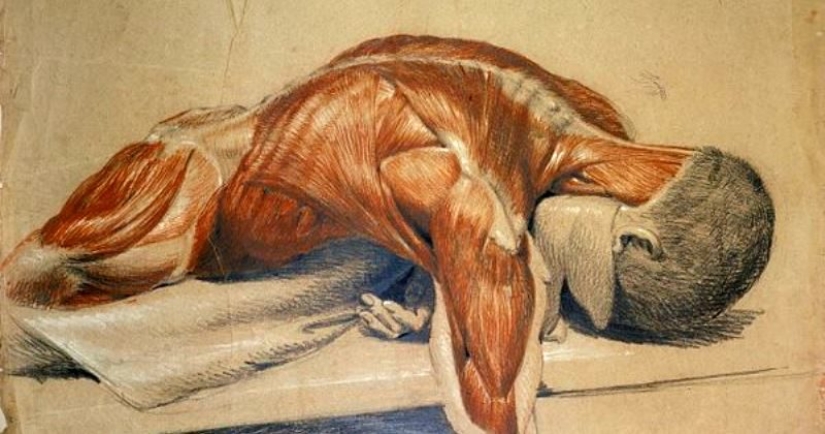
When it comes to Nazi criminal doctors, first of all, everyone remembers the "angel of death" Josef Mengele, who led inhumane experiments on people in the Auschwitz-Birkenau concentration camp complex. However, history has preserved many names of "scientists" who, despising humanity and conscience, sought to leave a mark on science and history, relying on the torments and grief of others.
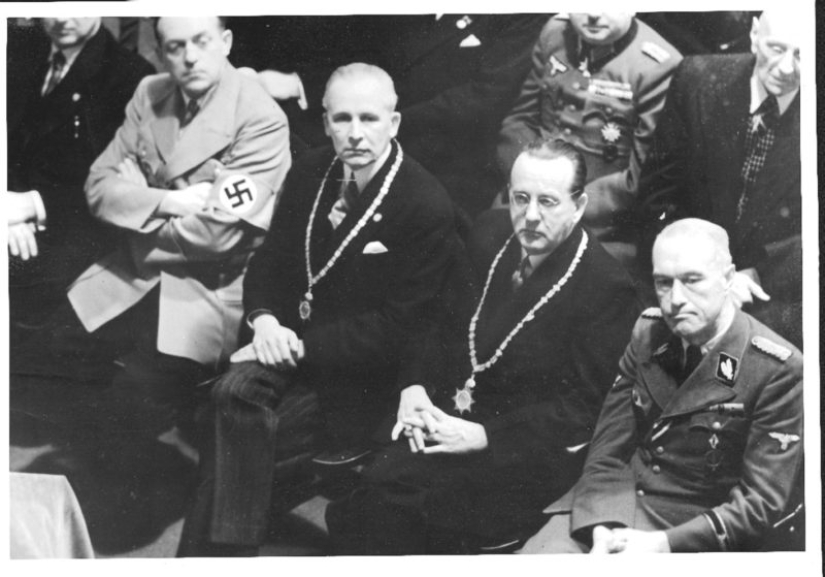
Eduard Pernkopf, Professor of Medicine, Rector of the Medical University of Vienna, is second from right
Eduard Pernkopf was born in the small Austrian village of Rappottenstein, on the border with Bavaria, in the family of a modest provincial doctor. As a child, the boy was seriously engaged in music and did not plan to devote himself to medicine. Everything changed in 1903, when his father died. At his deathbed, young Eduard promised to continue his father's work, and soon entered the medical school at the University of Vienna.
But that was just the beginning. In 1938, Eduard not only swore allegiance to Adolf Hitler, but also began working in a team of "scientists" who were looking for evidence of the advantage of the Aryan race over others. In his party zeal, he went so far that he was not ashamed to make lists of colleagues who were disloyal to Hitler.
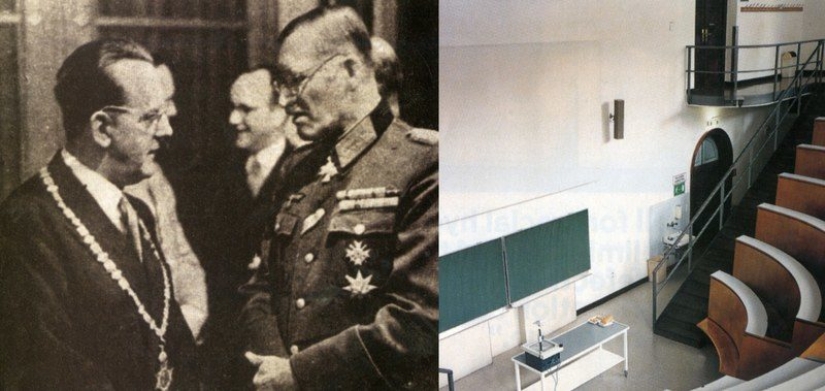
The professor liked to receive the top leadership of the Reich at his university and was happy to demonstrate his skills in the anatomical theater to the guests
Thanks to the clever move of the scoundrel, 77% of the faculty of the University of Vienna, including 3 Nobel Prize laureates, were on the street. In addition to his career and party work, Pernkopf was occupied with one important thing. Ever since his foot crossed the threshold of the medical faculty, he dreamed of writing a book. It was supposed to be a medical atlas with a full set of diagrams and illustrations, but not a simple one, but the most detailed and realistic in the world.
Work on the book, the idea of which Eduard kept for a quarter of a century, he managed to start only in 1933. The scientist had a lot of efficiency — Pernkopf woke up at 5.00 in the morning and worked almost without breaks for 16-18 hours. Everything in his life was subordinated to atlas — he deftly shifted his duties as dean to others, and attracted the best students of the educational institution as assistants.
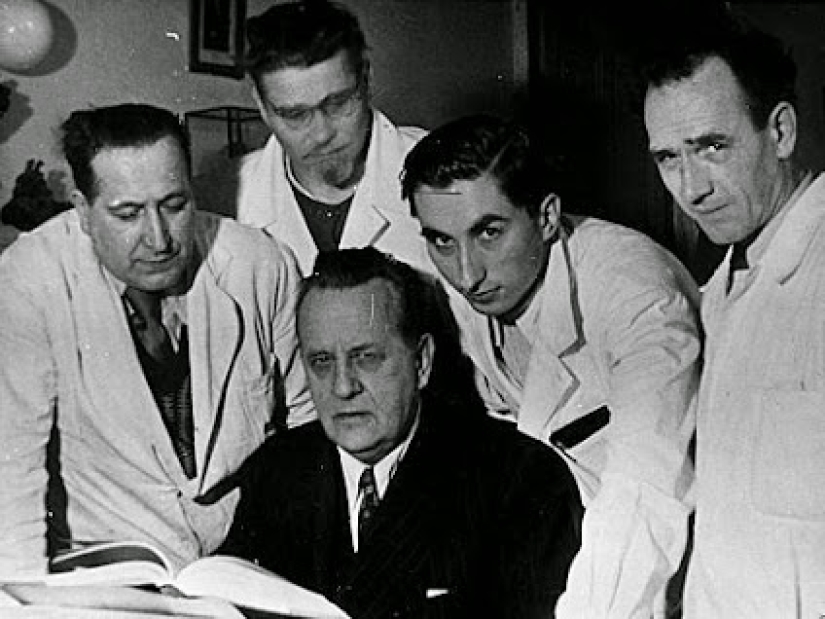
Pernkopf passed the handwritten text to his wife, who edited it and typed it on a typewriter. The doctor was assisted by the best graphic designers of Germany and Austria-Erich Lepir, Ludwig Schrott, Karl Endtresser and Franz Batke. For the design of illustrations, a special watercolor technique was developed, which allows to depict internal organs as vividly as possible.
In 1937, the first volume of the atlas was published, dedicated to the chest and upper limbs, and in 1941 — the second, with a description of the pelvic organs and legs. In 1943, Professor Pernkopf became the head of the Vienna Medical University and remained in this position for 2 years, until the end of the war. In 1945, the scientist, as an active member of the Nazi Party, was arrested by the Americans and for the next 2 years, the professor dug trenches and dismantled destroyed buildings in prisoner of war camps in different parts of Europe.
After being released, the professor continued the work of his life, publishing in 1953 the third volume of the atlas, dedicated to the neck and head of a person. The last, the fourth book, was published in 1960, 5 years after Pernkopf's death. The design style of the post-war volumes differed from the first two, published in the 30s and 40s.
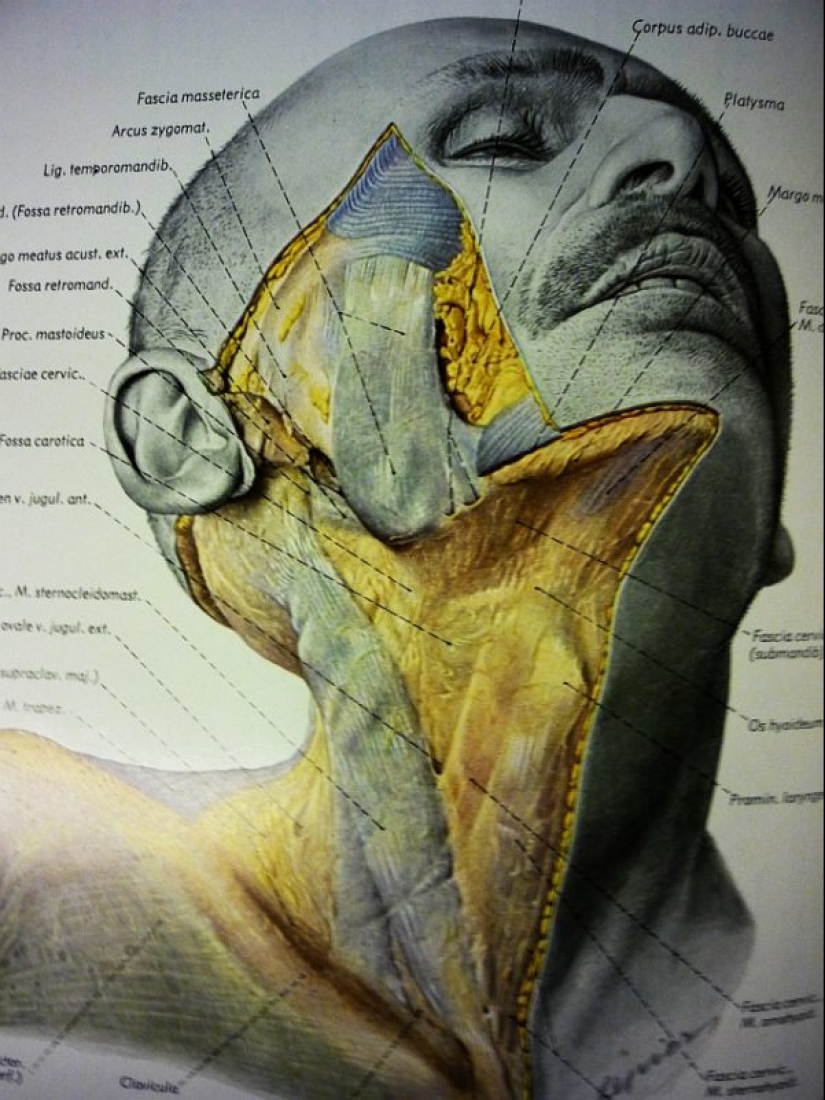
Many people attributed this to the change of illustrators, but the exact answer to this riddle was obtained only in 1996. An interesting discovery was made by Dr. Howard Israel from Columbia University. Studying the first editions of the books, he found a lot of Nazi symbols and mystical runes in them, which the designers of the atlas skillfully placed on the illustrations. The doctor was waiting for another revelation — quite creepy.
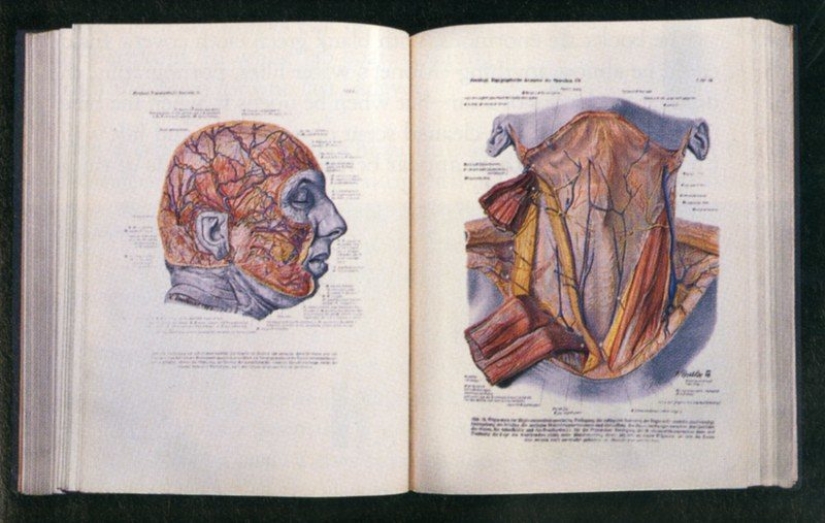
Comparing the illustrations on which the autopsied corpses were depicted with photographic accuracy with pictures from the archives of the Gestapo, Israel determined that almost all the people immortalized in the illustrations of the atlas were prisoners of concentration camps and died a very similar violent death — their heads were cut off. Further investigation was already a matter of technique. Howard turned to the Wiesenthal Center, which deals with the investigation of Nazi crimes, and the best experts took up this complicated case.
The result of the investigation was terrible. As it turned out, 1,377 bodies of executed prisoners from various prisons in Austria and Germany, as well as from the Mauthausen death camp, were delivered to the anatomical theaters of the Vienna Medical University in the period from 1938 to 1945. The main supplier of bodies for autopsies was the Vienna District Court, located near the university. In the building of the "palace of Justice", quick trials were held over the enemies of the Nazi regime, the result of which was one sentence — death.
The court's decision was carried out immediately, and at the back door of the building, at that time, Pernkopf students were sitting on gurneys from the morgue, smoking. Most of those executed were beheaded with the guillotine, which the Nazis loved more than the French for its quick and accurate work.
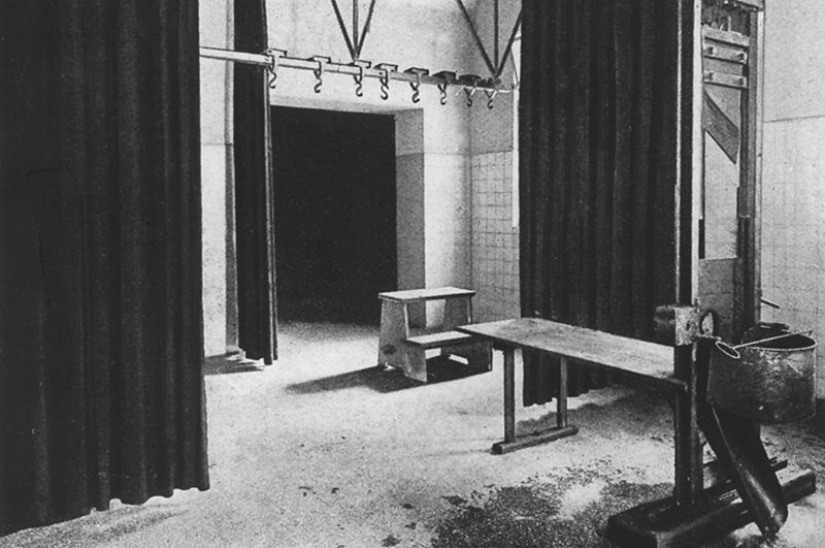
When examining the archives, it became clear that in many cases executions were carried out to order — on certain days the guillotines worked non-stop, and the corpses were hurriedly sent to the anatomical room before they had time to cool down. This terrible discovery explained the high accuracy of the atlases — Pernkopf sacrificed hundreds of lives to his ambitions. Most likely, the people who became "models" for illustrators of death would have died anyway, but this fact does not make Pernkopf's crimes any less disgusting.

Medical University of Vienna
After finding out the terrible details from the volumes of the atlas, which was stored in almost every medical library in the world, the decision of international courts seized more than 800 illustrations depicting underground workers, prisoners of war and Jews executed by the Nazis. A wave of protests swept through the medical universities of the planet, during which students refused to take up the terrible multi-volume book and even publicly burned atlases.
But, unfortunately, the story of the bloody book did not end there. From 1996 to 1998, among the educational and scientific manuals used by more than one generation of Viennese students to study human anatomy, the remains of several people and dozens of individual organs were found, lovingly dissected and processed for the needs of students by Professor Pernkopf himself during the dawn of his scientific career. Of course, the bodies and organs were immediately removed and buried. Half a century later, the unfortunate people who died in the dungeons of the Gestapo and the barracks of Mauthausen finally found peace.
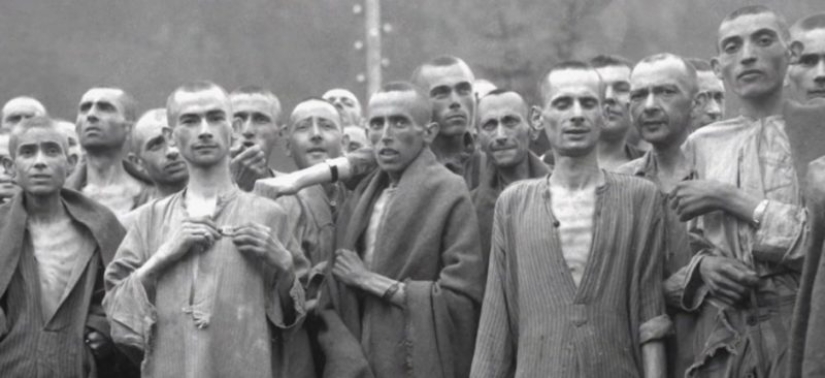
Keywords: Concentration camp | Corpses
Post News ArticleRecent articles

Most of us think that the color of the eggshell does not play any role and it is possible not to pay attention. But it's not and ...

The more we rely on technology, the more potential power hackers gain over us. It doesn't matter if their goal is to help or cause ...
Related articles

General Dmitry Karbyshev — one of the Soviet commanders who performed his duty to the end. This man was captured in the battle, ...

Franz Stangl was arrested on a grand scale. Several police cars and armored vehicles with machine guns, raising dust, surrounded a ...

August 12, 1985, Japan was hit by one of the biggest crashes in the history of world aviation, which killed 520 people. Distraught ...

Creating a good portrait is one of the most difficult tasks for any photographer. In order to make a really natural and memorable ...